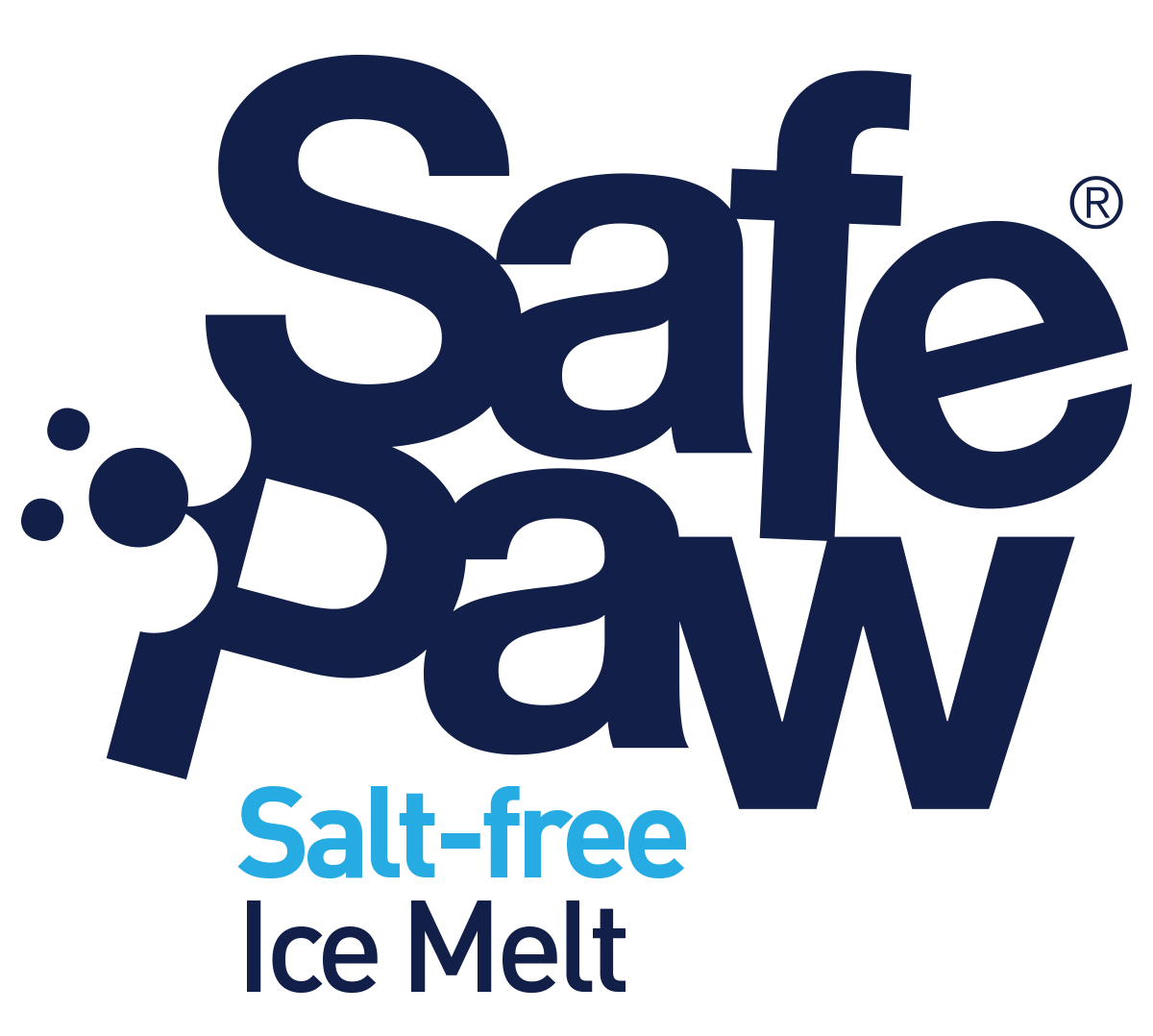Windshield De Icers: What Works, What Doesn’t, and How to Stay Safe
Find out which windshield de icer solutions are most effective and safe for Canadian winters. Learn why liquid ice melt isn’t ideal for vehicles and discover eco-friendly alternatives like Safe Paw for broader de-icing needs.
Windshield De Icers: What Works, What Doesn’t, and How to Stay Safe Read More »





